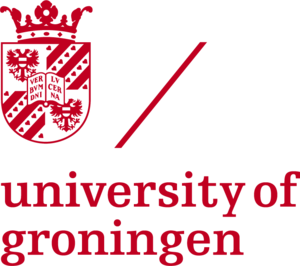
University of Groningen
Green Education Ranking
#94
About University of Groningen
The University of Groningen has a rich academic tradition dating back to 1614. From this tradition arose the first female student and the first female lecturer in the Netherlands, the first Dutch astronaut and the first president of the European Central Bank. Geographically, the University is rooted in the Northern part of the Netherlands, a region very close to its heart. The University provides high quality education and research in a broad range of disciplines, focusing on three key elements: Energy, Healthy Ageing and Sustainable Society. Groningen’s researchers also collaborate with business partners, public institutions and the government. Collaborations between researchers on the frontiers of knowledge take place within extensive networks.In addition, the University of Groningen stimulates current debate on scientific, social and cultural issues by providing convincing perspectives and fresh ideas, based on the latest scientific findings. Education and research at are internationally oriented. Students from all over the world prepare themselves in Groningen for their international career paths. The University of Groningen has a strong international reputation and maintains a firm -- rapidly increasing -- position in the international rankings lists.
About World Green University Ranking
World
Green University Ranking 2024 is a
scholarly acknowledgment of educational
institutions standing at the forefront of
Education for Sustainable Development (ESD) and
leading the Green Education Transformation
(Education 6.0).
World Green University Ranking classifies
universities based on the six pillars of the
Holistic Green Education Framework, including
leadership governance, curriculum, innovation,
facilities, human capital, and community
partnerships.
The methodology employed in our Green Education Ranking is designed relying on the six pillars of the Holistic Green Education Framework. Each pillar contributes to the institution’s overall score, with a carefully assigned weight reflecting its significance in fostering sustainability. The total weight of the six pillars collectively amounts to 100%, signifying a balanced evaluation across critical dimensions of Green Education. Within each pillar, various standards are carefully assessed, with weights ranging between 1 and 2, emphasizing the varying importance of each criterion. This nuanced approach ensures a holistic evaluation and offers an insightful measure of universities commitment to Green Education Transformation (Education 6.0).
| # | Six Pillars of Green Education Framework (6Gs). | Weight |
|---|---|---|
| 1 | Green Educational Leadership | 14% |
| 2 | Green Curriculum | 17% |
| 3 | Green Innovation and Research | 19% |
| 4 | Green Facilities | 15% |
| 5 | Green Human Capital | 19% |
| 6 | Green Communities | 16% |
| Total | 100% |

